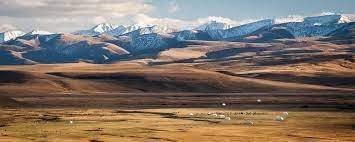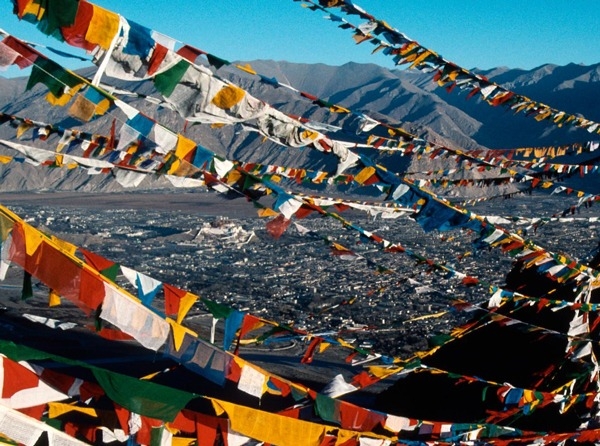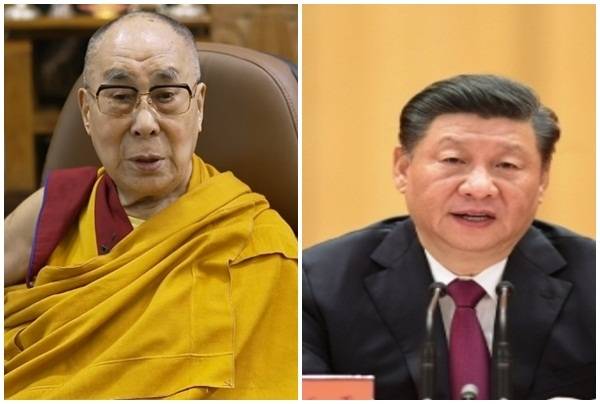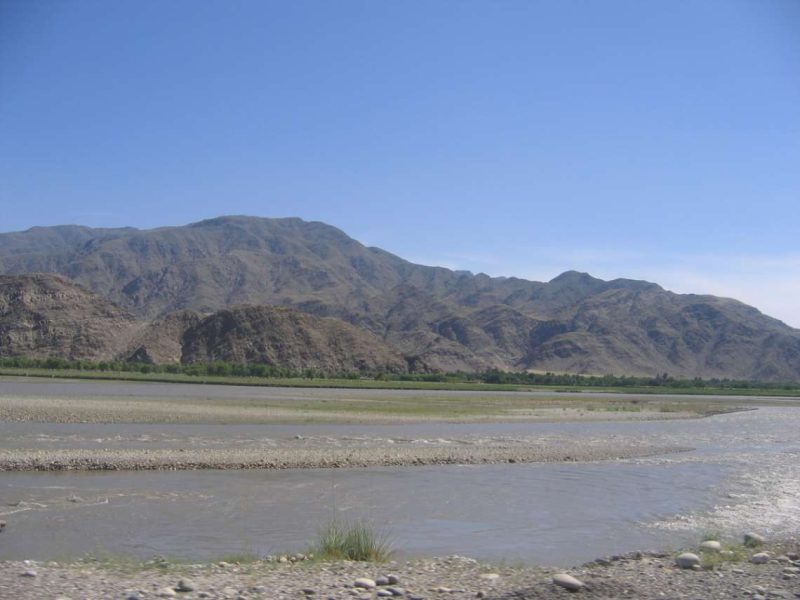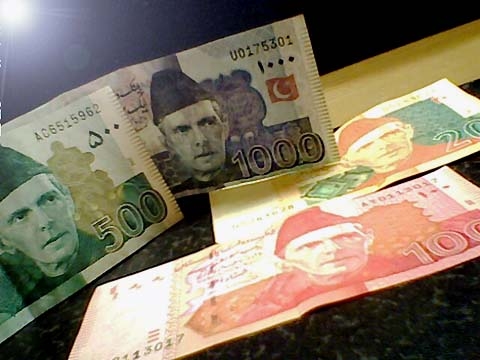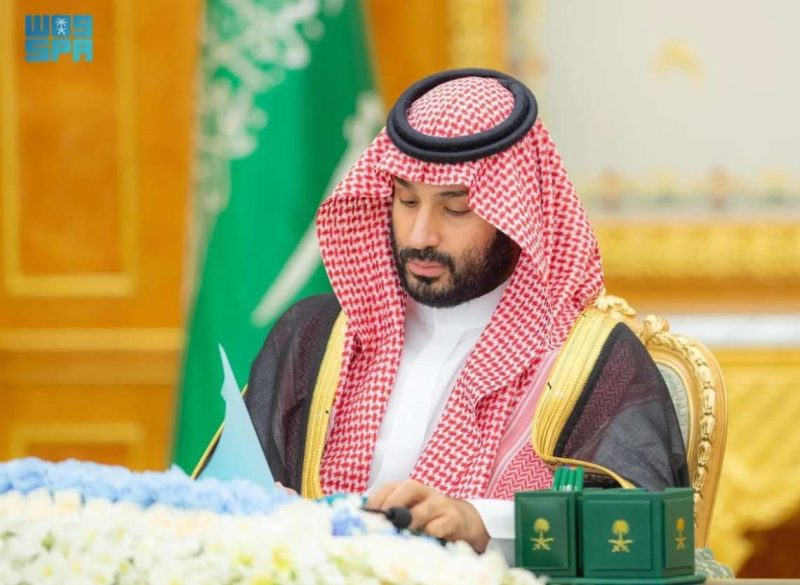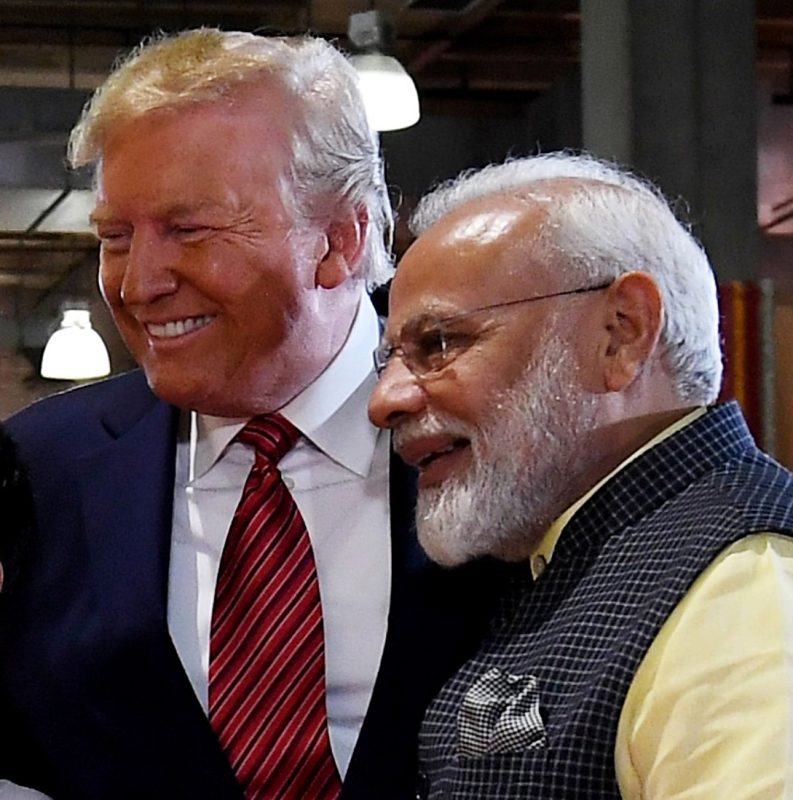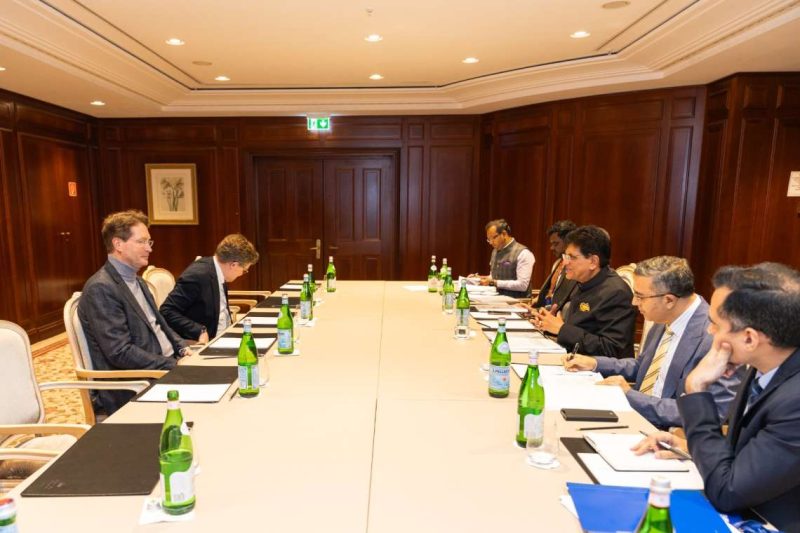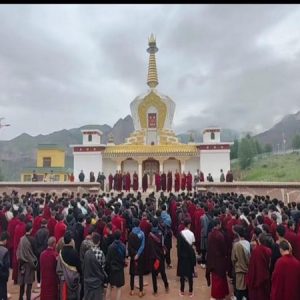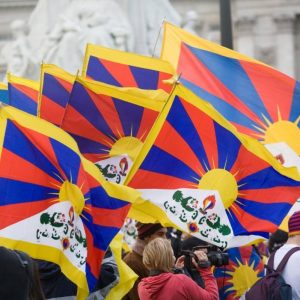The first draft of the post-2020 global biodiversity framework set a target of 30 per cent of terrestrial land being protected in 2030… reports Vishal Gulati
With the draft global biodiversity framework in preparation for the 15th meeting of the Conference of the Parties to the UN Convention on Biological Diversity (COP-15), Chinese researchers say comprehensive biodiversity monitoring programs are urgently needed on the Tibetan Plateau – the worlds “third pole”.
Talking to IANS virtually, Chinese researchers Lingyun Xiao and Li Li at Xi’an Jiaotong-Liverpool University talk about their work that deals with local communities on the plateau, which scientists believe is �melting’ fast and urging to take climate action now.
“In my opinion, comprehensive biodiversity monitoring programs are urgently needed in Tibetan Plateau to understand the status quo and to inform the developing of countermeasures,” said landscape ecologist Li.
However, there is a lack of data to assess climate change impacts on the biodiversity of the plateau, she remarked.
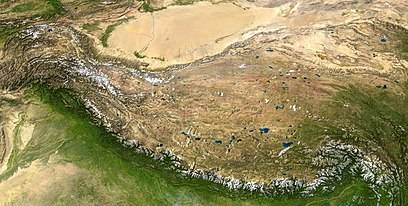
Both researchers have done extensive research on human and nature interactions and the importance of involving local communities in conservation activities.
Lingyun, a field ecologist who focuses on wild mammal ecology and conservation, told IANS in an interview that the Tibetan Plateau is an important part of biodiversity conservation, although not entirely belonging to one of the global hotspots.
“It conserves the unique assemblage of large mammals, most of which evolved from the plateau. A group of archaeologist found an assemblage of mammal fossils on the plateau, all dated back to four million years ago, way before the ice age in Pleistocene.
“It suggest that the cold winters in rising high Tibet served as a habituation ground for the mammals, which became pre-adapted for the Ice Age and then successfully expanded to the northern hemisphere through the Holarctic region,” she said.
Lingyun admits they observed grassland desertification due to permafrost melting in the western part of Sanjiangyuan region on the Tibetan Plateau.
Without mincing words, she clarified that climate change and permafrost or glacier melting are out of her research area.
About biodiversity and climate change, she replied, “As different parts of the plateau experience different directions of climate change, I suppose the impact on biodiversity would also be different. Some species would benefit from the changing climate, such as those used to living in warmer areas, species turnover would happen but nobody could be sure whether the overall biodiversity will decrease or not.”
“Studies have been conducted mostly at the local scale from warming experiment, or at the regional scale from species distribution model projection.”
The first draft of the post-2020 global biodiversity framework set a target of 30 per cent of terrestrial land being protected in 2030.
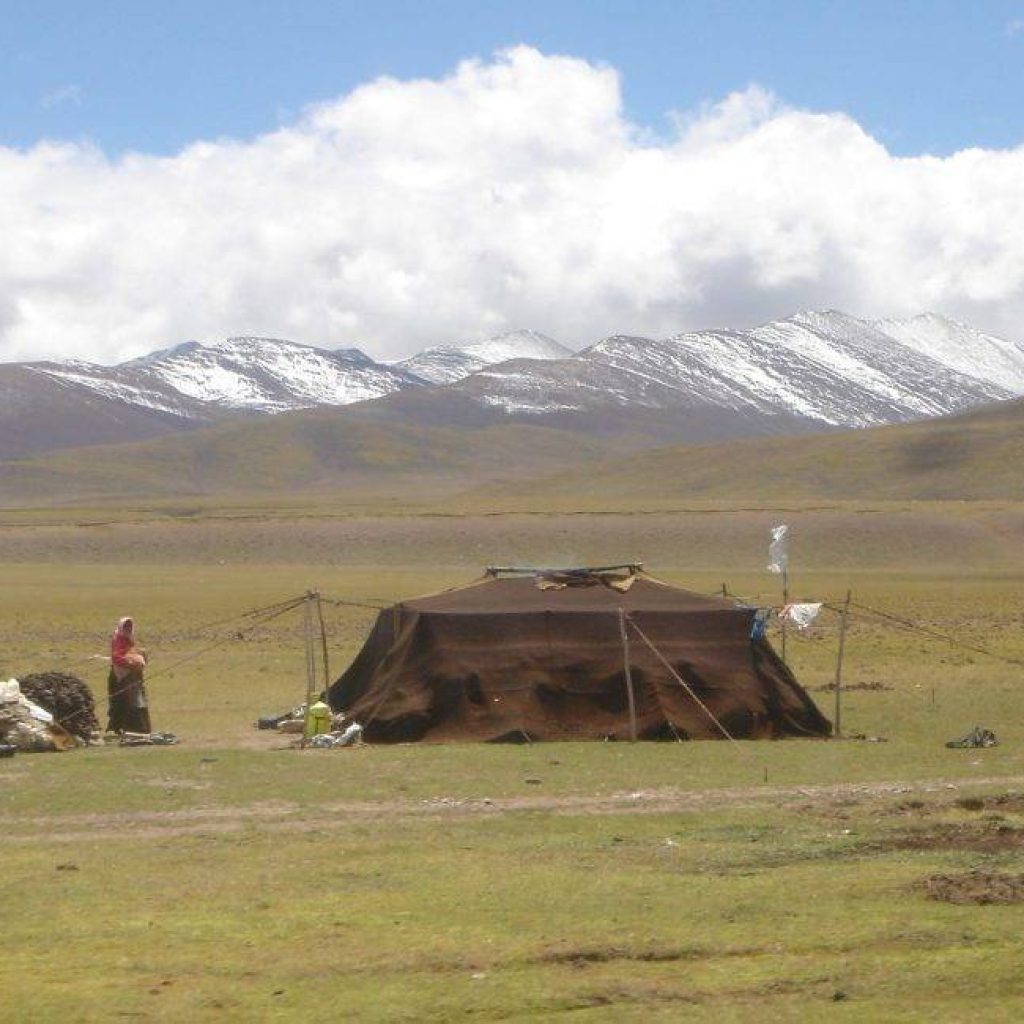
As China has already released the ecological red line policy which covers 25 per cent of land area, it becomes important to consider other areas which could provide multiple functions and take biodiversity conservation into account.
The Tibetan Plateau is a vast region, ecological patterns and processes vary a lot from place to place. For example, the plateau’s temperature, precipitation and land cover changes differ a lot.
Currently, there are 35 global biodiversity hotspots in the world. The eastern edge of the plateau belongs to the hotspot mountains of southwestern China, and the southern edge the hotspot of the Himalayas.
“The plateau’s conservation value is well acknowledged domestically,” said landscape ecologist Li.
The top three largest protected areas in China are all located on the plateau — Qiangtang, Sanjiangyuan and Kekexili.
The establishment of these large nature reserves is certainly valuable to protect the unique flora and fauna on the plateau.
“Our own research, however, found that the importance of China’s farmland for conservation has been neglected. Cultivated landscapes in China play a significant role to sustain the country’s avian diversity. The importance is even more pronounced when terrestrial protected area increases from 17 to 30 per cent under the post-2020 biodiversity framework,” she said.
She hoped the new framework would also provide guidance for biodiversity protection outside conventional protected areas — particularly to foster biodiversity-human coexistence in farmlands and even urban districts.
The Secretariat of the UN Convention on Biological Diversity (CBD) in July released the first draft of a new global biodiversity framework, to guide actions worldwide through 2030, to preserve and protect nature and its essential services to people.
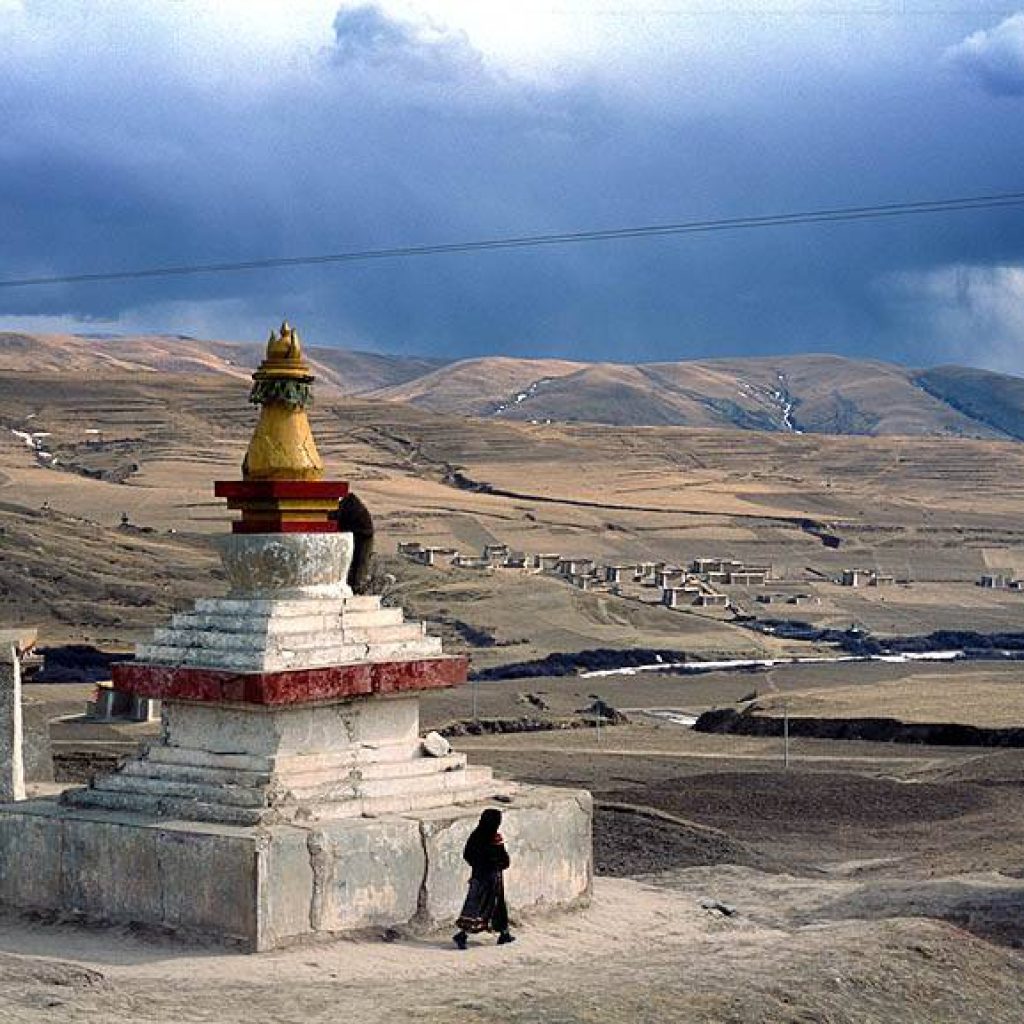
At the virtual third meeting of the Open-ended Working Group on the post-2020 Global Biodiversity Framework that went into recess on September 3, delegates helped build political momentum to ensure the level of ambition needed to safeguard and put biodiversity on a path to recovery by 2030.
Delegates will continue their discussions during the resumed session in January 2022 in Geneva, where they hope to advance the framework in preparation for consideration at CBD’s next meeting of its 196 Parties at COP-15 in Kunming in China next year.
ALSO READ-Mekong countries thank India as China tries to dominate region
READ MORE-Yunta’s Ecological Conservation in Tibetan Plateau


